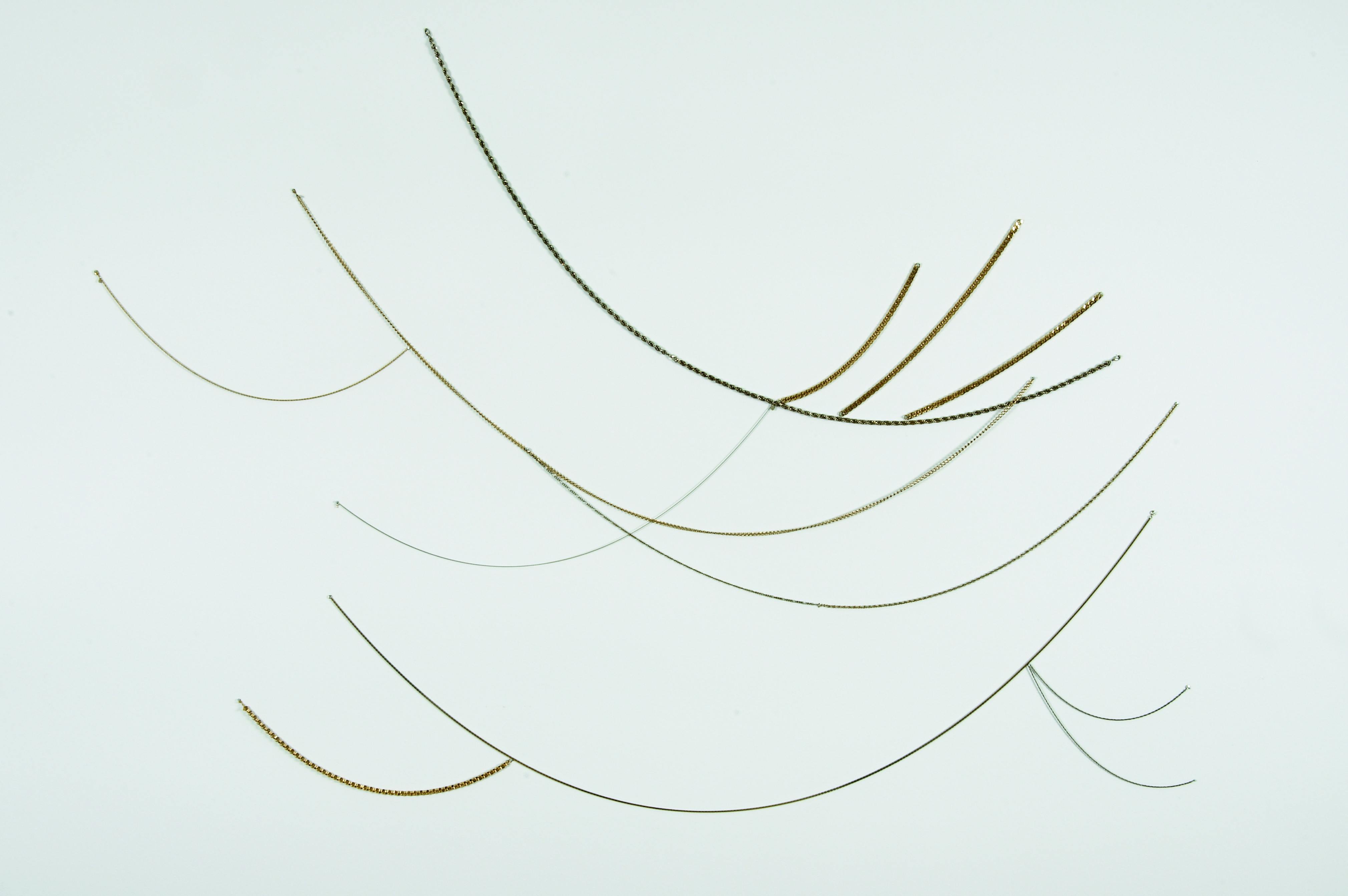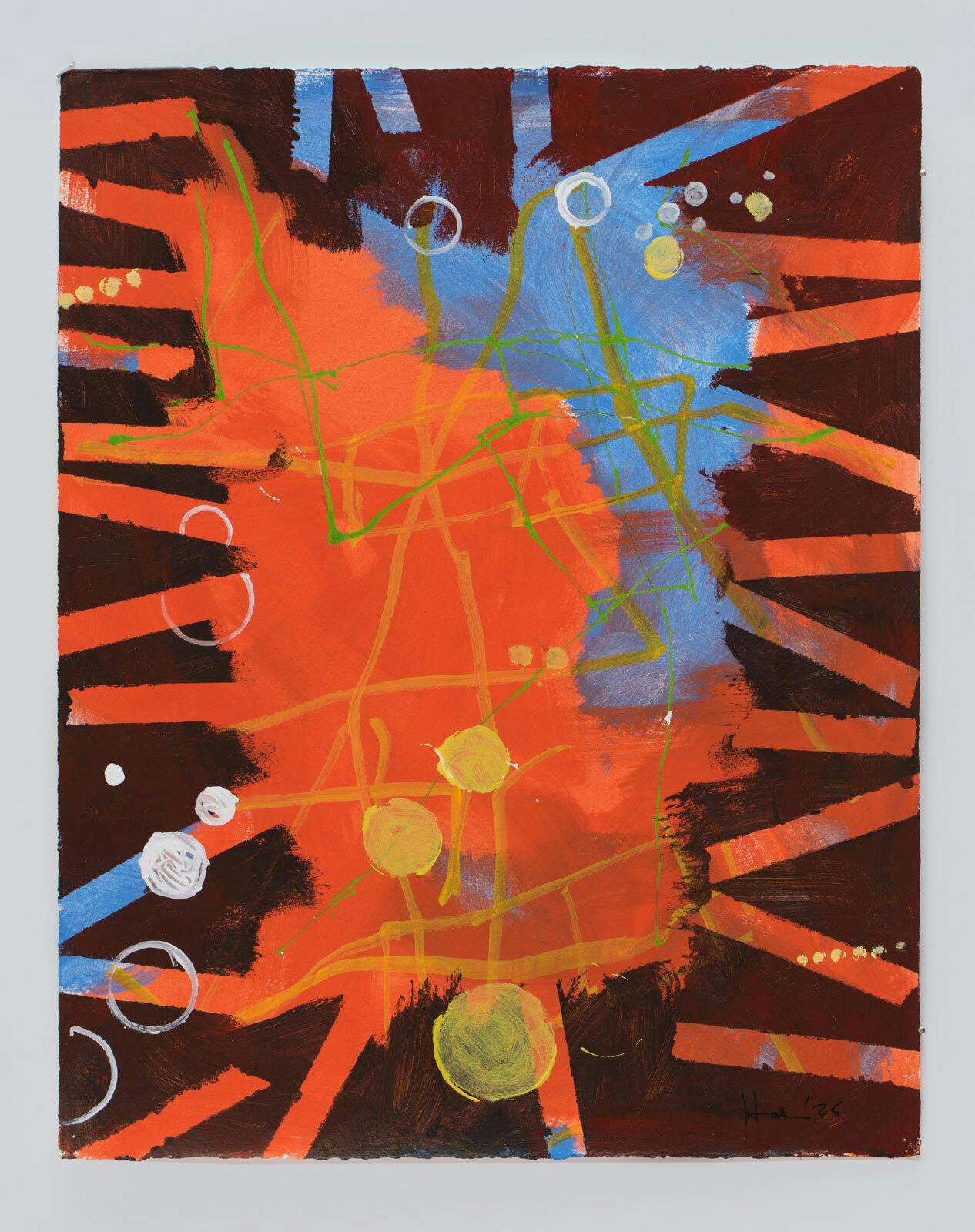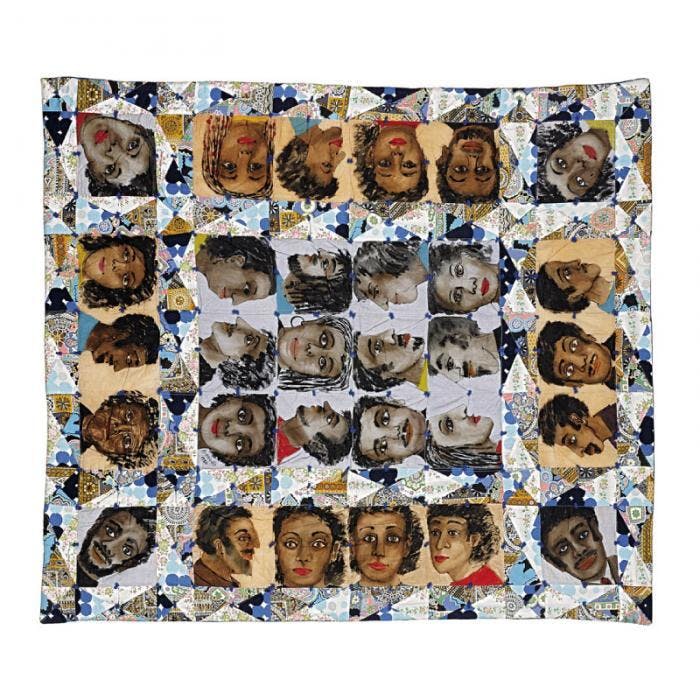Calendar
This Month
July 2025
Upcoming

Lil' Studio: Textile Stories
August 2, 2025, 11:00am – 12:00pm

Artist Installations
Long-term View
Past

Projects: Tadáskía
May 24–October 14, 2024

Works on Loan: 2023–24
September, 2023–February, 2025

Pass Carry Hold: Studio Museum Artists in Residence 2023–24
September 26, 2024–February 10, 2025






